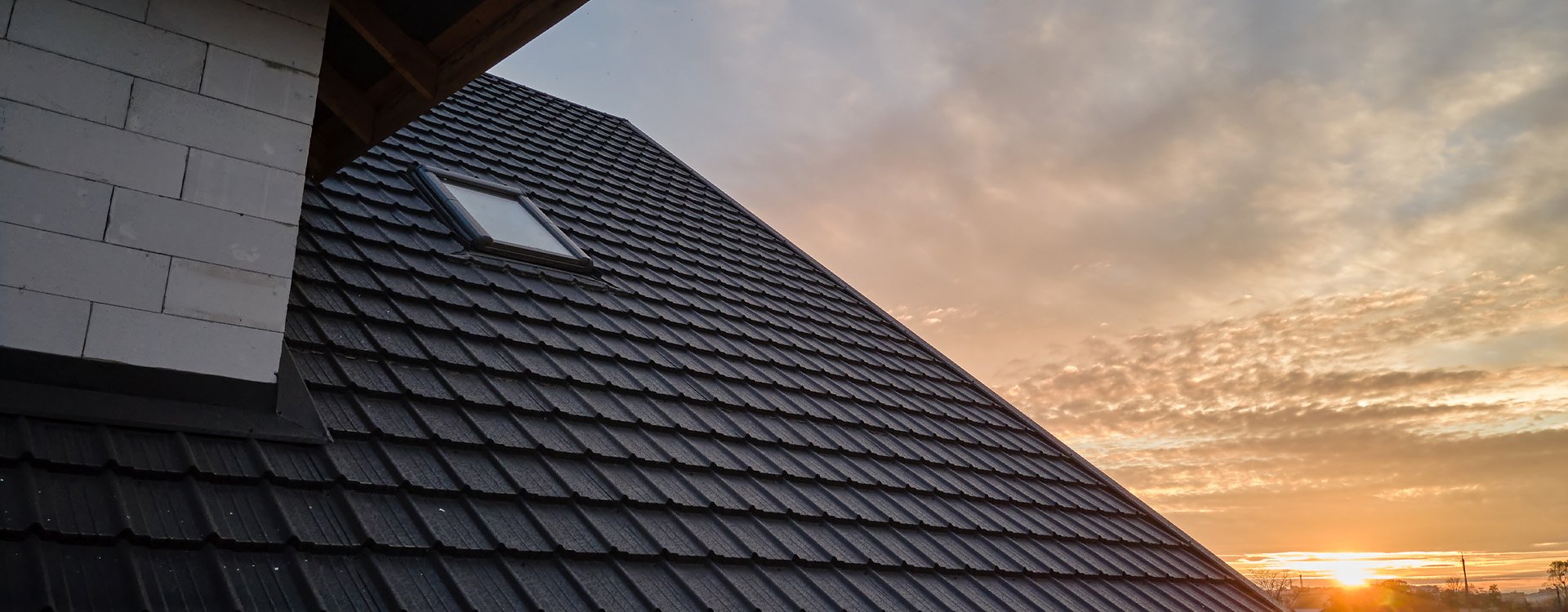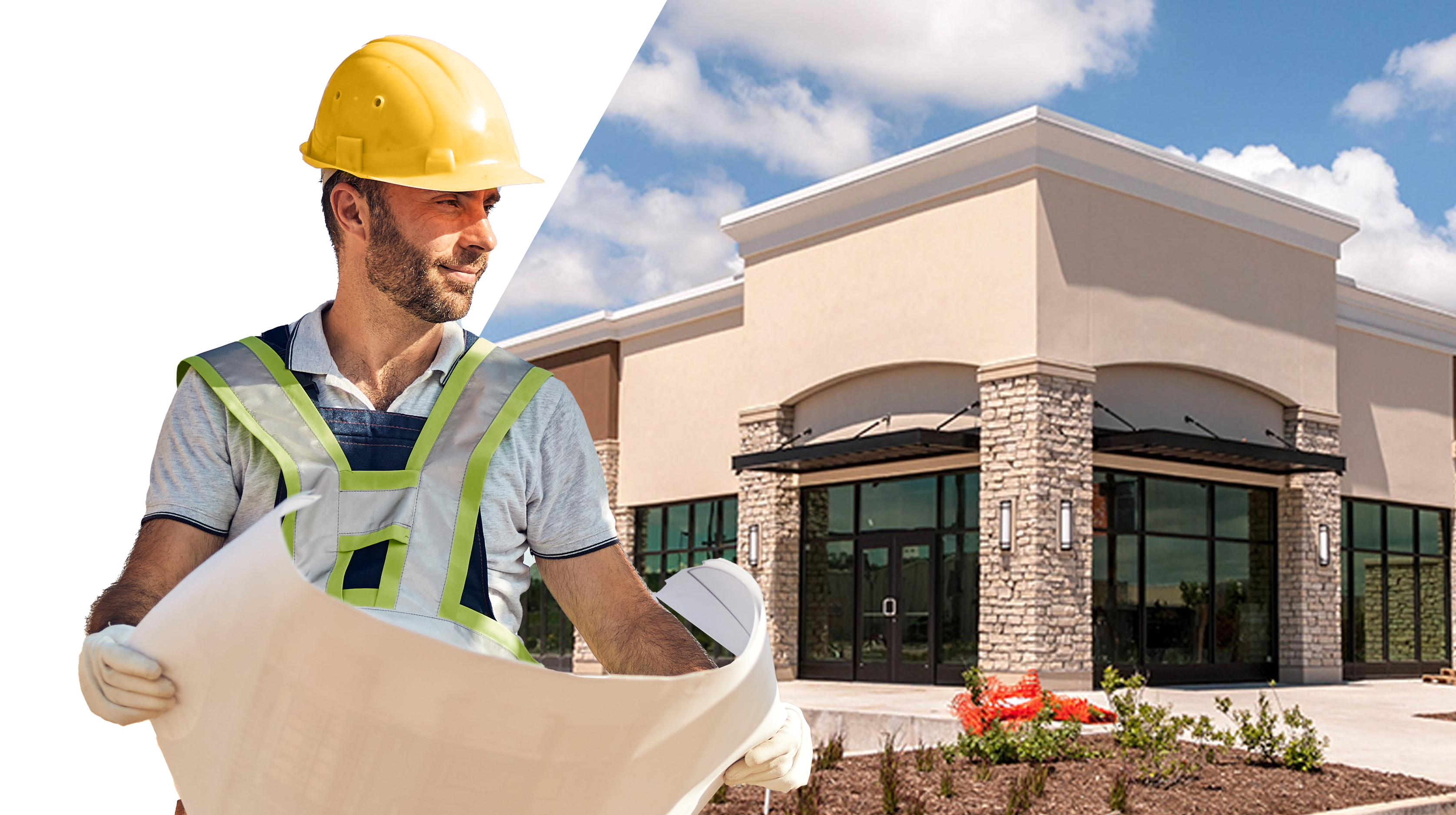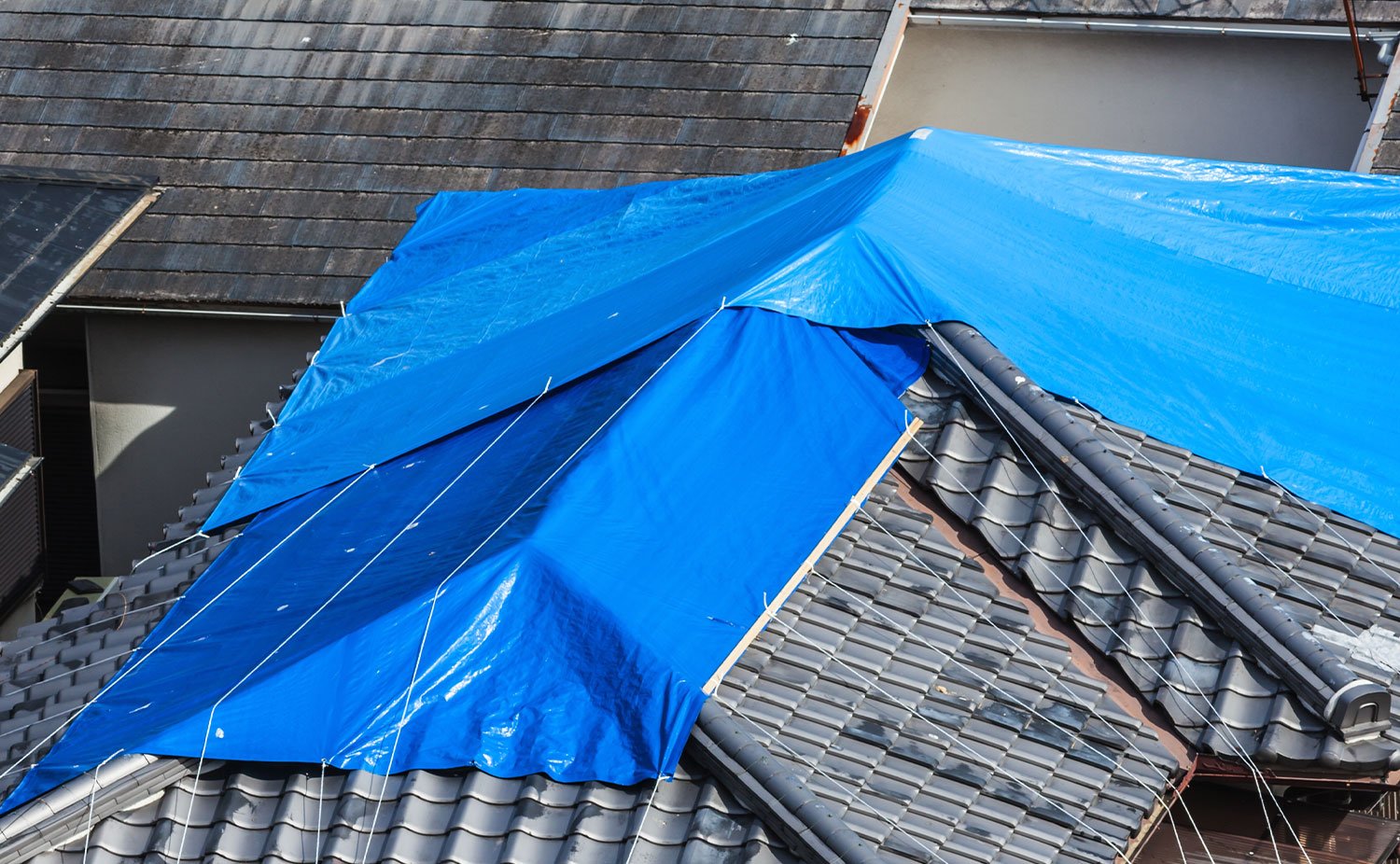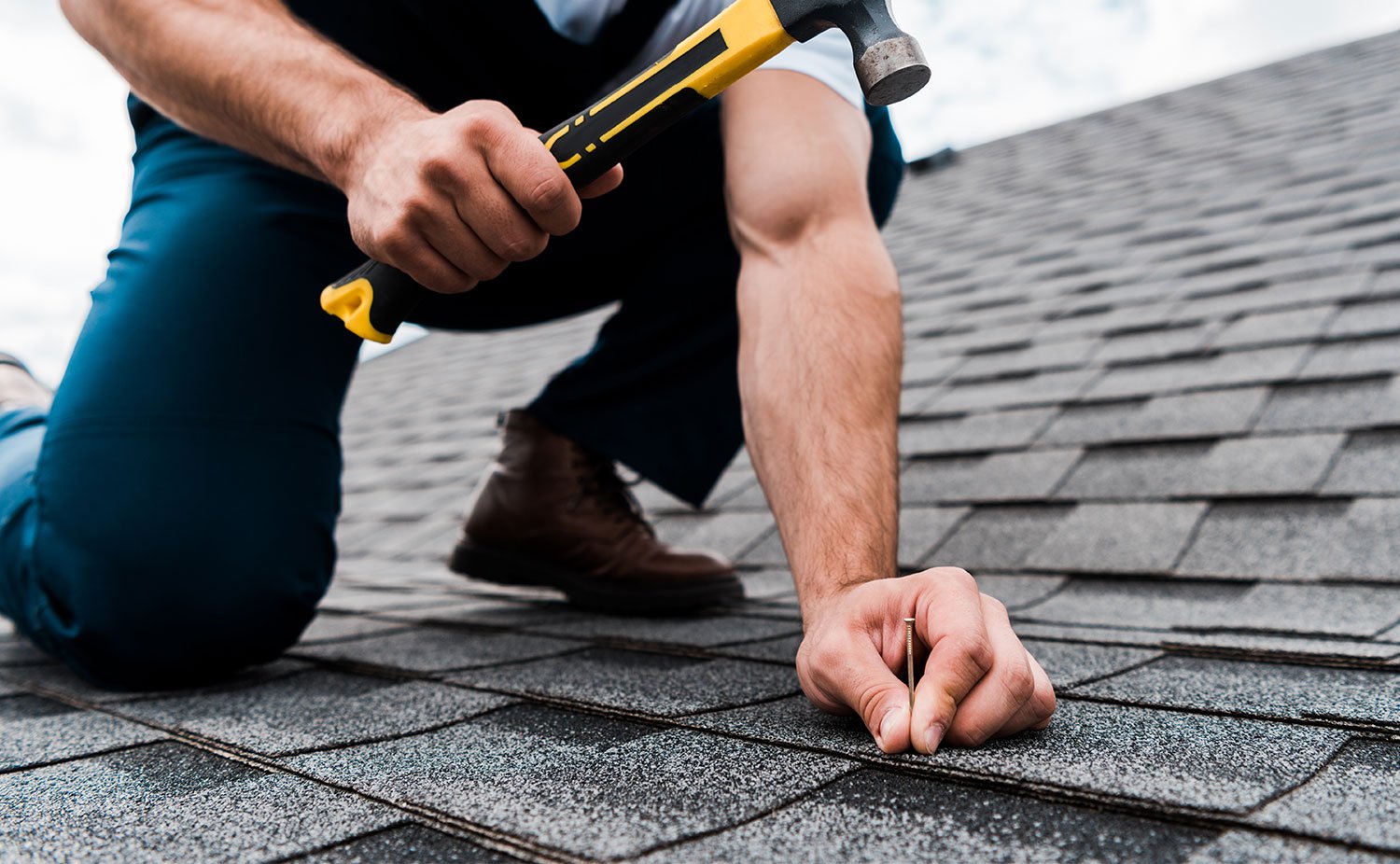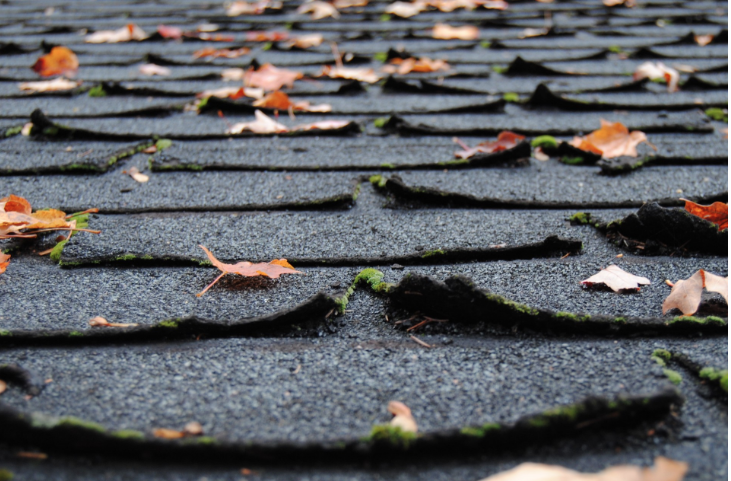
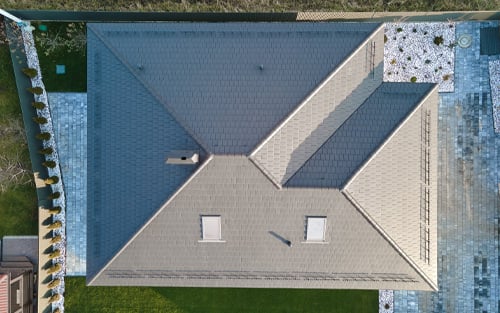
Selecting the Perfect Roof Type for Your Chicago Home or Business
Generally, roofing types and roofing products are typically divided up into two primary categories, steep slope roofing and low slope roofing. Sometimes steep slope roofing is also referred to as “residential roofing” due to the fact that most single family homes in the U.S. are constructed with some sort of pitch or slope to the roof. Just as steep slope roofing is often referred to as residential roofing, the term low slope roofing is oftentimes synonymous with “commercial roofing”. Again, this is due to the fact that, predominantly, commercial buildings have “flat” roof designs.
Steep Slope Roofing Types
Steep-slope roofing is largely used on residential structures, but sometimes occurs on commercial buildings, as well. Steep slope roofing products are generally more visually appealing because they are critical aesthetic components for residential construction where the roof can consist of 40% of the exterior visual appearance of a home. Steep slope roofing also generally lasts longer than low slope roofing because the systems shed water much more efficiently and generally are subject to less direct U/V activity.
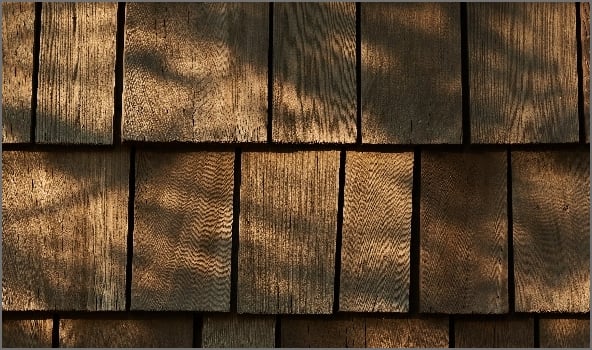
Cedar
Cedar shake and shingle roofs offer beauty as well as durability. They are naturally resistant to all weather conditions, insect damage, and damage from UV rays.
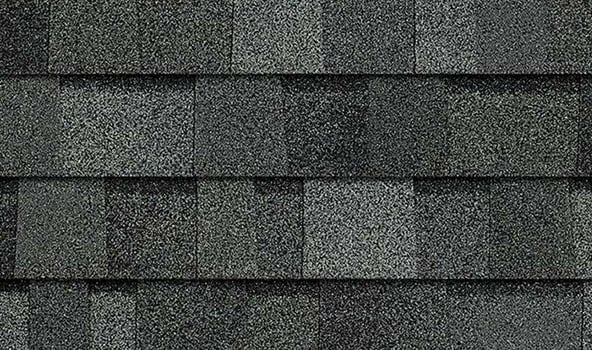
Architectural Shingles
This roof type packs a punch, with the aesthetic appeal of a wood-shake look that can improve your home’s look and resale value while providing quality performance.

Membrane
This roof type, single ply modified bitumen, is designed with sloped roofs in mind. This tough, yet flexible membrane provides both reliable weather protection and long-term durability you can count on.
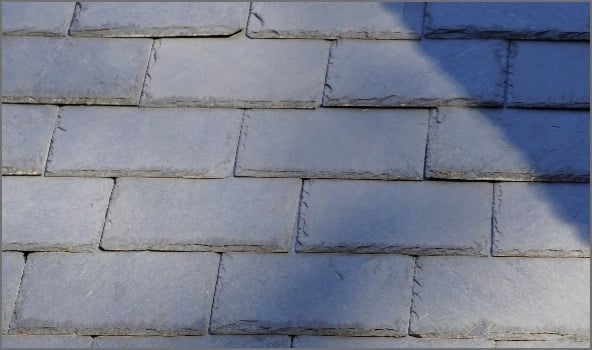
Slate
This material has been a favorite for roofs for a very long time. The slate is nearly impervious to the elements. The curb appeal and wow factor alone would make it a strong contender for the best roof type without even considering its superior durability.
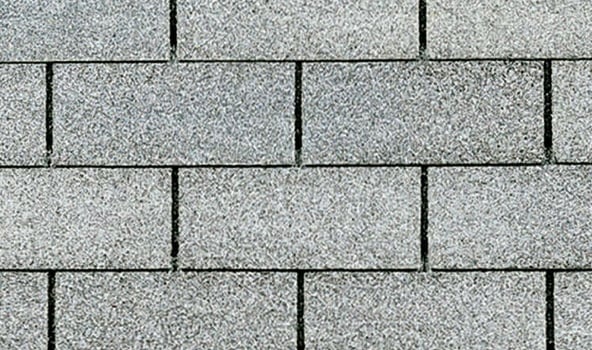
3 Tab Shingles
This roof type combines the classic curb appeal of a shingle roof with superior protection and performance against weather that your home needs for wind and heavy storms.
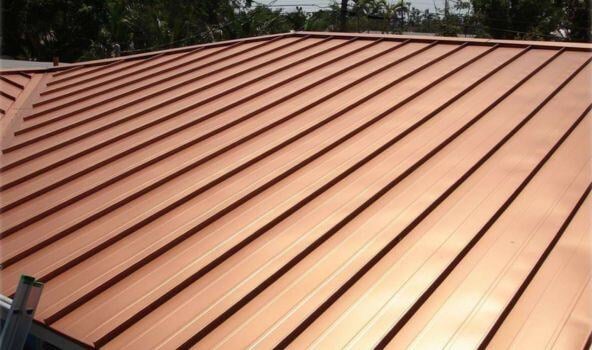
Metal Roofing
Metal roofs are a durable and energy-efficient roofing option, known for their longevity, low maintenance, and modern aesthetic appeal. They offer superior protection, style, and environment-friendly options for your home.
Low Slope Roofing Types
Roof slope is a very important aspect and it is considered the primary factor in roof design. The slope of a roof has an effect on the interior volume of a building, the drainage, the style, and the material used for covering. Just as steep slope roofing is often referred to as residential roofing, the term low slope roofing is oftentimes synonymous with “commercial roofing”. Again, this is due to the fact that, predominantly, commercial buildings have “flat” roof designs.
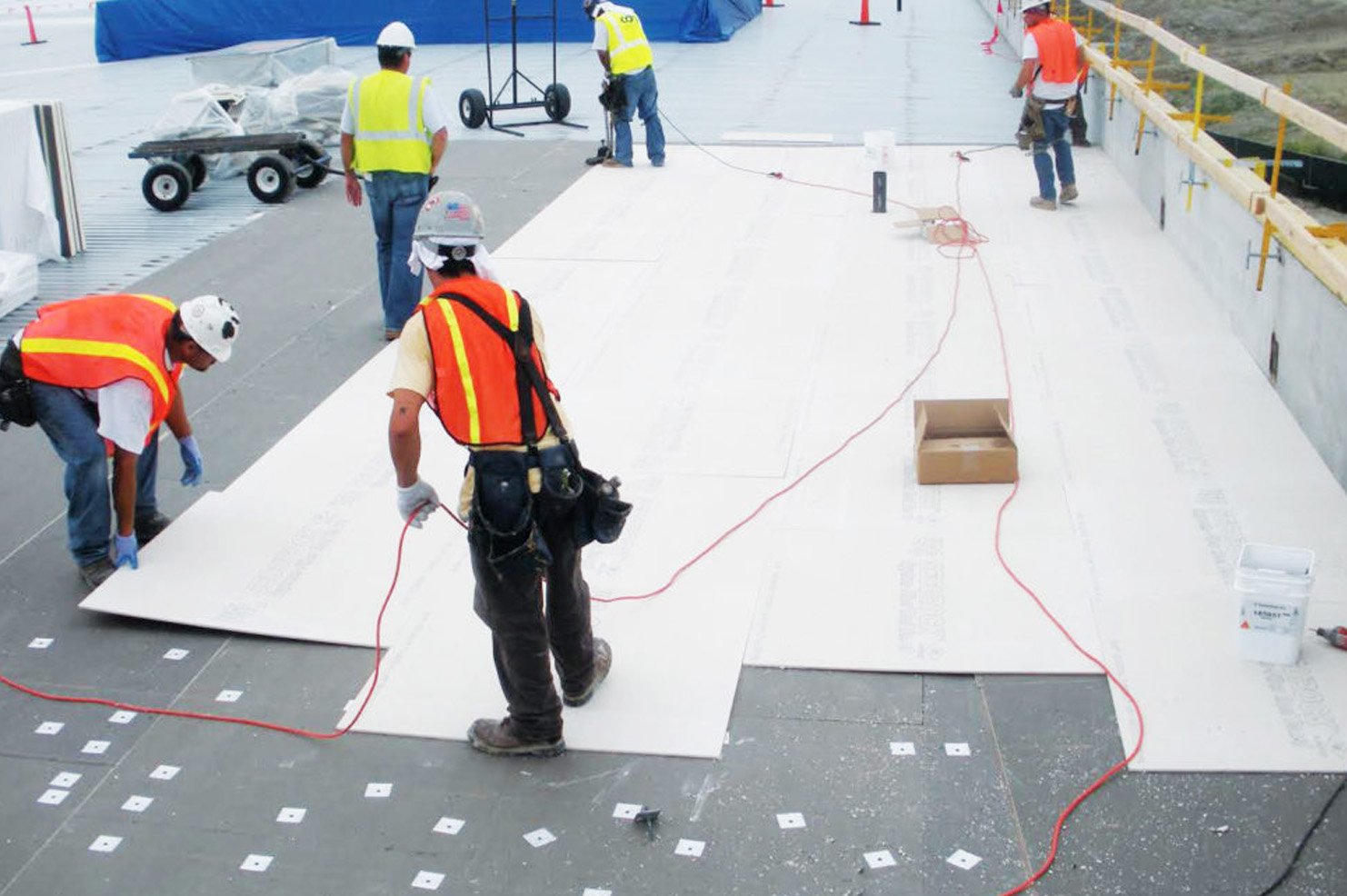
EPDM Rubber Roofing
EPDM stands for ethylene propylene diene monomer, and it’s a type of thermoset roofing that offers exceptional performance in all weather conditions. It’s one of the most popular types of commercial roofing in Chicago due to the changing temperatures and conditions throughout the year.
EPDM roofs are 100% resistant to sunlight and moisture, and they are generally easy to install. The technique has been used for over 50 years, so it’s more like a traditional roofing solution. We use multiple methods when reinstalling EDPM roofs, depending on your needs. EDPM roofs are an excellent option for commercial buildings as they offer less repair and maintenance than most other available options.
PVC and TPO Membrane Roofing
Often confused for one another, PVC and TPO membrane roofs are excellent choices for any flat or low slope over a living space. These roofing types have better performance in inclement weather, and don't require as much maintenance.
These roofs last about 20 years on average and can withstand all weather conditions, punctures, and exposure to chemicals.
They also help reduce energy bills due to their heat-resistant properties. This type of roof can cope with extreme weather and the strongest storms.
Modified Bitumen Roofing
Modified bitumen roofing is a technique that came to the US from Europe during the early 70s. It is similar to EDPM roofing, but instead of using EDPM, it requires the use of multiple layers of rubber and bitumen. The rubber layers are laminated several times with fiberglass or polyester fabric. Once installed, the bottom layers are covered with a durable granular or smooth surface.
Depending on your needs, our experts can replace your old modified bitumen roofing with new materials of your choice. The result will give your commercial building a new look and years of protection.
Quality Residential Roofing Materials
Our high quality starts with our choice of manufacturers.





Don't See the Roof Type You Need? Schedule
a Consultation with Our Roofing Experts Today!
These roof materials have stood the test of time. They are all durable, reliable, and capable of standing up to even the wildest weather the windy city can throw at them. Whether your main concern is the aesthetic appeal or the most cost-effective option, we can help you get your ideal roof. Contact Champion Roofing today!
Our Roofing Blog & Pro-Tips
30+ years of experience working on residential roofs taught us a few things.
.png)
